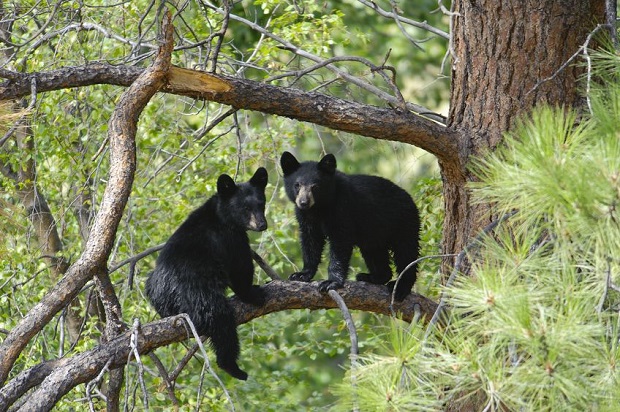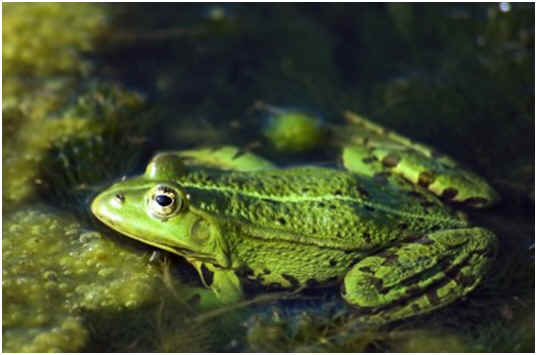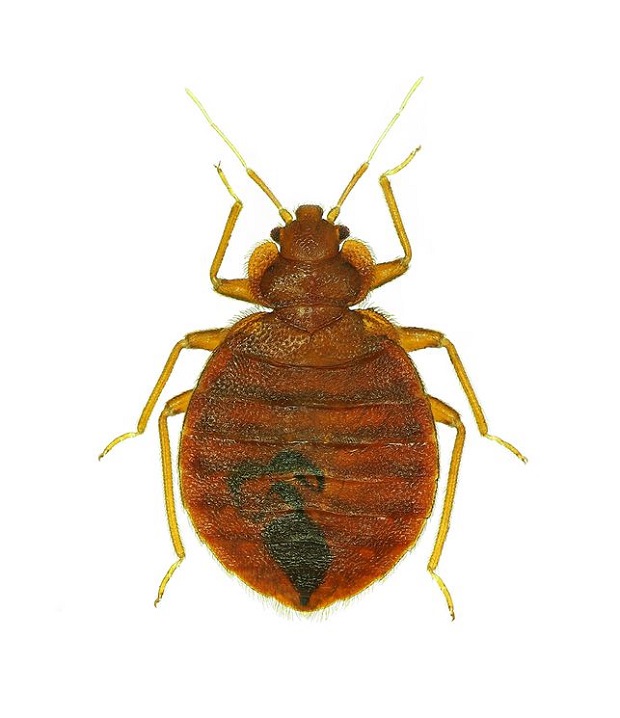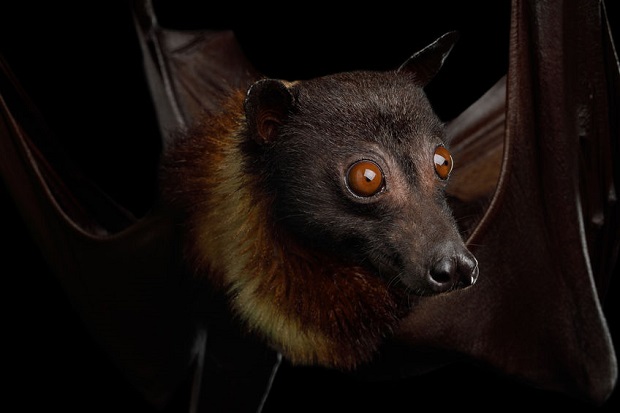
Do Bee Stings Itch?
Bee stings do itch, but it’s not a primary symptom. Unlike mosquito or spider bites, the sensation experienced by most people upon being stung by a wasp or bee is more immediate and more painful. (1) First comes the sharp, jab-like pain; once the sting area is treated or given some time to recover without medication, there will usually be minor swelling around the sting area.
Severe Allergy
The one main exception to the non-itching rule for bee stings is those afflicted with an extreme allergy to bee stings, a condition known as “anaphylaxis.” About three out of every 100 of those people sharing the planet with wasps and honeybees are susceptible to this condition. In their case, one of the first reactions to being stung will be hives and itching, often to areas of the skin that range well beyond where the sting occurred.
But it takes more than one episode of a bee stinging for a person with a severe allergy to develop anaphylaxis. After the at-risk high allergy people are stung, between 30% and 60% of them will develop this condition if-when the next time they are stung. However, these people can take some preventative measures after noticing itching, hives, and other telltale symptoms such as a swollen tongue and throat, nausea, dizziness, and vomiting. Most of these involve immunotherapy.
Social vs. Solitary
Only the so-called social species of bees are a stinging threat to humans, and then generally only if enacted into a mode of self-defense within proximity to their colony hive. (2) Social types of bees encompass yellow jackets, wasps, honeybees, and bumblebees.
The only problem is that sometimes, it is hard to tell the difference between a social and solitary species for humans who are not outfitted beekeepers closely handling the species. One such example involves carpenter bees. They look like regular bumblebees, except for the fact that they have a hairless abdomen. These solitary bees typically nest in wooden structures such as beams, telephone poles, and building rafters.
Resources





